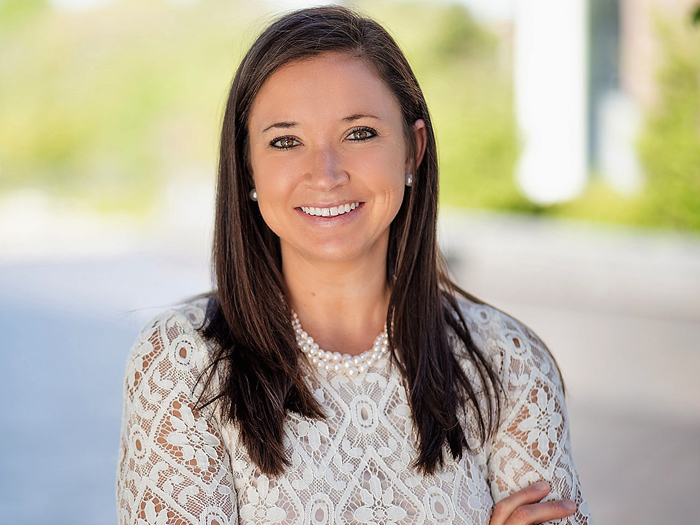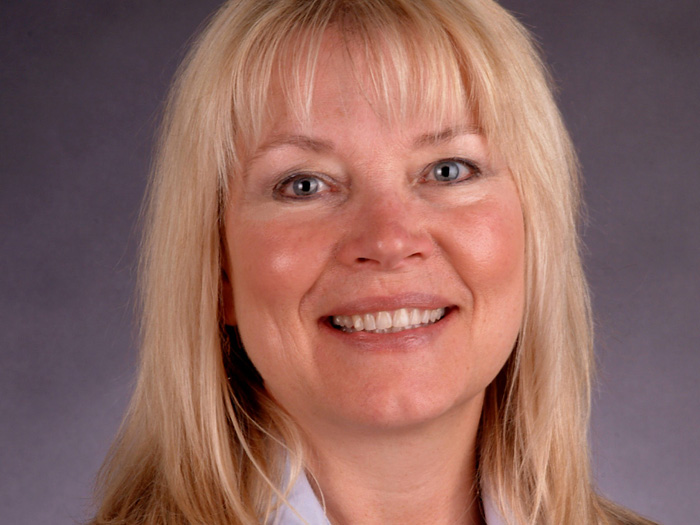Sponsored Content: Allied World
$41 Billion and Growing: Why the Program Business Thrives in Challenging Conditions

According to a 2019 study by the Target Markets Program Administrators Association (TMPAA), the U.S. program business saw a 12% increase in premiums between 2016 and 2018, reaching $40.5 billion.
What’s more, 84% of Program Administrators (PAs) plan to introduce new programs over the next few years. Of course, this statistic was reported before COVID-19 swept through the globe and upended all predictions for 2020 and beyond.
PAs and their carrier partners, however, see only opportunity ahead, and for good reason.
Because they hold the underwriting pen but don’t bear risks themselves, Program Administrators are free to devise creative coverage solutions without the pressure of controlling capital. That type of flexibility makes PAs well-positioned to help insureds navigate the disruption wrought by the pandemic in the face of rising rates.
“Program Administrators have proven to be a great source for new products and exceptional service,” said Stephen Leeret, Senior Vice President, Allied World North America Programs Division. “Program growth has outpaced commercial lines direct placement business in recent history. Both carriers and brokers see that trend and look to replicate it.”
Here are the key advantages PAs bring to the table when conditions get challenging and how carrier partners are leveraging those advantages to bring better products and service to customers.
1. Specialized Underwriting and Risk Expertise

Stephen Leeret, Senior Vice President, Allied World North America Programs Division
Programs are a one-stop shop, designed to address all of an organization’s insurance needs, which of course vary from one client to the next. Successfully tailoring a program to a client’s exposures requires in-depth knowledge both of their business and the larger industry trends that could reshape their risk profile.
For this reason, PAs typically specialize in a particular sector or type of organization, developing a very granular level of expertise. But it’s the combination of industry expertise with underwriting acumen that sets PAs apart.
“Industry expertise can be looked at in two ways – through either the insurance market in general or the class of business or product that the Program Administrator is selling. Both are important for different reasons,” Leeret said.
“Carriers have to trust that their underwriting partners have a firm understanding of capacity, pricing, market conditions and trends, along with the components that go into each. Accounts should be priced adequately within the risk environment with a view on long-term sustainability.”
2. Agility and Efficiency in Product Offerings
Specialization enables PAs to recognize emerging risks and changes in customer preferences faster. Because they are positioned closer to the end client, PAs are also typically able to move more quickly in their communications and data-gathering processes, which enables them to bring new products to market with greater speed.
“Program Administrators are known for being some of the best product innovators. Examples include gig economy products, cyber, cannabis, active shooter and pandemic solutions,” Leeret said.
“At times, carriers have to be more cautious in their approach to new exposures. Program facilities that are close to retail client advisors see the needs quickly and react with solutions. When you pair Program Administrators with a savvy capital provider—you get an efficient means to generate new product offerings.”
3. Faster Adoption of Technology
A degree of separation from incumbent carriers also means freedom from legacy systems. PAs have historically been able to adopt new technology solutions faster.
“Technology has always been a challenge for most insurance companies. Internal legacy systems coupled with outside vendor platforms create a multitude of issues. Solving for this issue is complex, costly and time consuming. Program Administrators are less encumbered by these constraints, and often have the advantage of smaller and more nimble systems,” Leeret said.
“The better the technology platform, the easier it is to provide best-in-class service to your customer and partners.”
Most recently, these platforms include client-facing insurtech tools that streamline submission processes, often resulting in an improved customer experience. According to the TMPAA’s study, “PAs reporting involvement with insurtech increased from 58% in 2016 to 80% in 2018.”
PAs are also leveraging new data sources and artificial intelligence to generate deeper underwriting insights. “There are valuable underwriting tools in the market today that source public information on a risk-specific basis coupled with internal analytical tools brought together in a dashboard,” Leeret said. “These platforms enhance an underwriter’s ability to make better decisions more efficiently.”
Why PA/Carrier Partnerships Matter for Continued Success
Despite these advantages, Program Administrators are not immune to the challenges facing the rest of the insurance industry. Meeting client needs amid a hardening market and the ever-evolving effects of the pandemic present an unprecedented test.
“Aside from the COVID-19 pandemic, the top challenge as I see it remains profitability. The bottom line is being adversely affected by increased severity, social inflation, tort changes, environmental impact and investment returns,” Leeret said. “The pressure to grow against a backdrop of profitability challenges can create a potential disconnect between the Program Administrator and their carrier partner.”
Ultimately, carriers have a crucial role to play in supporting the continued success of the program business. In the strongest partnerships, carriers are not just providers of capital, but collaborators.
By prioritizing communication, setting clear expectations, and actively seeking input from PAs, carriers can set the foundation for a partnership that is profitable to both parties and valuable for clients in sectors underserved by traditional insurance channels.
Carriers and PAs also add value by utilizing data and risk expertise to offer unique risk management.
“As an example, Allied World has a very sophisticated risk management approach for a specialized E&O product program that includes a Risk Management team comprised of experts in their field and offers risk mitigation and customer care through a comprehensive online and telephonic support system. The platform reduces losses, improves loss outcomes and provides a support system for our insureds,” Leeret said.
Allied World takes a holistic approach to evaluation of new program partners, pulling in stakeholders from across the organization to assess the value of the business opportunity, and the ability of the PA to produce creative solutions profitably.
“It’s important that there is mutualism in the relationship. Both the Program Administrator and the carrier partner should understand the benefit each provides and ensure that there is benefit to both parties in the relationship. Mutualism will ensure long-term success of the program and ultimately a stable market. In the end, a stable market is reassurance for clients when their businesses are already subjected to so much change,” Leeret said.
To learn more, visit https://alliedworldinsurance.com/products_category/programs/.
Coverage will be underwritten by an insurance subsidiary of Allied World Assurance Company Holdings, Ltd, a Fairfax company (“Allied World”). Such subsidiaries currently carry an A.M. Best rating of “A” (Excellent), a Moody’s rating of “A3” (Good) and a Standard & Poor’s rating of “A-” (Strong), as applicable. Coverage is offered only through licensed agents and brokers. Actual coverage may vary and is subject to policy language as issued. Coverage may not be available in all jurisdictions. © 2020 Allied World Assurance Company Holdings, Ltd. All rights reserved.
This article was produced by the R&I Brand Studio, a unit of the advertising department of Risk & Insurance, in collaboration with Allied World. The editorial staff of Risk & Insurance had no role in its preparation.











